-
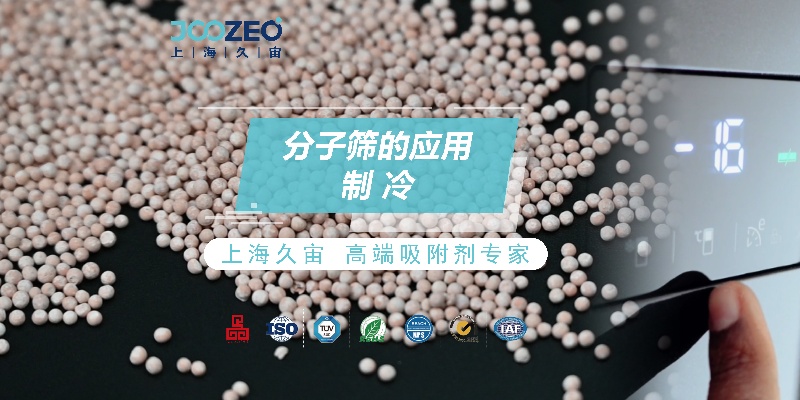
Brake System Molecular Sieves – Ensuring Safe and Efficient Operation
Molecular sieves designed for braking systems are critical desiccants used in pneumatic brake systems of automobiles, heavy-duty trucks, trains, ships, and other vehicles. They efficiently remove water vapor, oil mist, and particulates from compressed air, ensuring that the braking air lines rema...Read more -
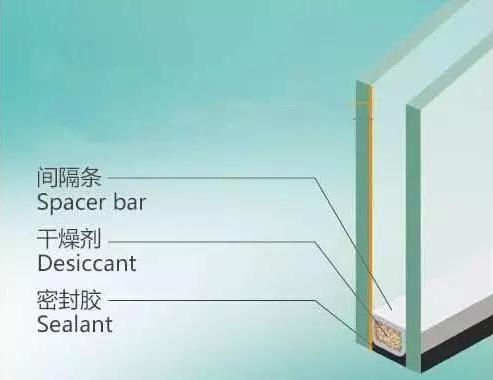
The Critical Role of High-Performance Molecular Sieves in Insulating Glass
As demand rises for insulating glass in energy-efficient buildings and special environments (such as extremely cold, humid, or high thermal-difference regions), high-performance molecular sieves have become essential desiccants that ensure long-term stability of insulating glass units. JOOZEO’s i...Read more -
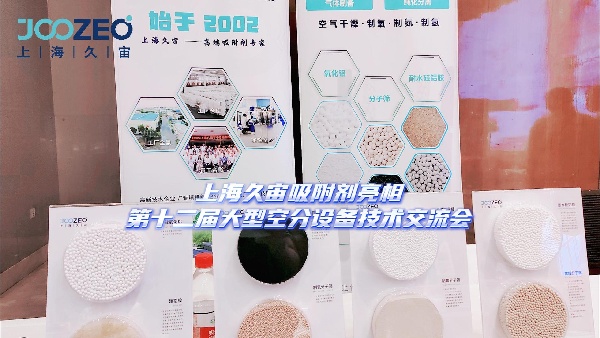
JOOZEO Showcases Adsorbents at the 12th Large-Scale Air Separation Equipment Technical Exchange Conference
In July 2025, the 12th Large-Scale Air Separation Equipment Technical Exchange Conference was successfully held in Wuxi, Jiangsu. At the event, JOOZEO showcased its specialized molecular sieve and activated alumina adsorbents designed for the gas purification stage of air separation systems. With...Read more -
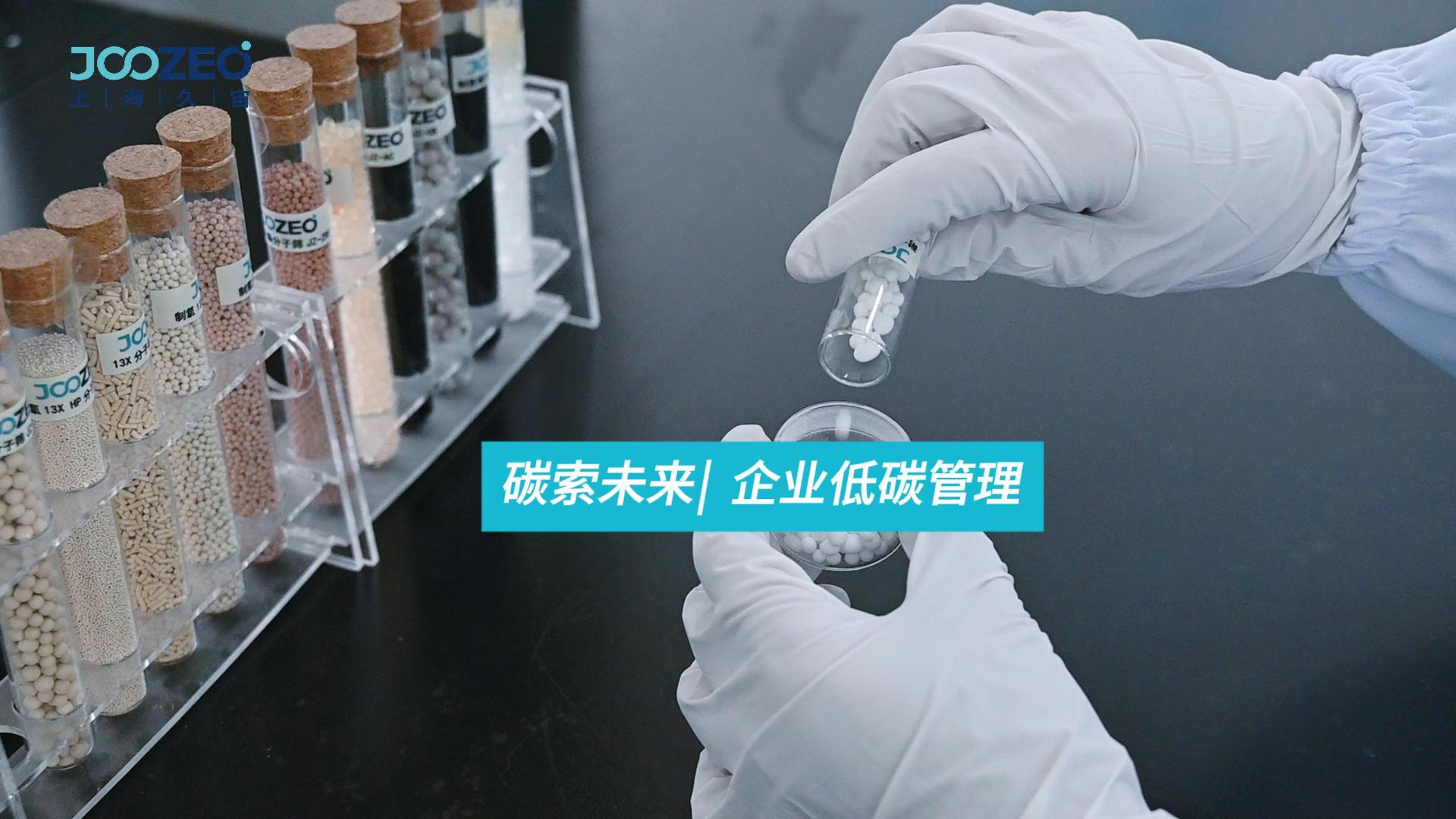
JOOZEO’s High-Performance Adsorbents Selected as an Outstanding Case in Energy Conservation and Emission Reduction
JOOZEO is actively implementing China’s “dual carbon” strategy and the directives of the Central Economic Work Conference, while responding to the Shanghai Municipal Commission of Economy and Informatization’s initiatives for green industrial transformation. The company’s independently developed ...Read more -
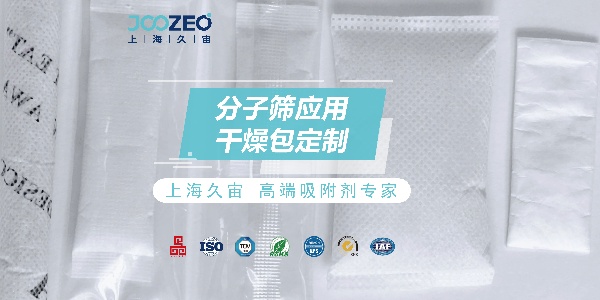
JOOZEO Molecular Sieve Desiccant Packs: Customized Moisture Protection with Enhanced Stability
Molecular sieve desiccant packs are highly efficient synthetic drying agents composed of materials with unique microporous structures that selectively adsorb water molecules. These desiccants maintain excellent performance even under low humidity conditions, rapidly reducing ambient humidity to b...Read more -
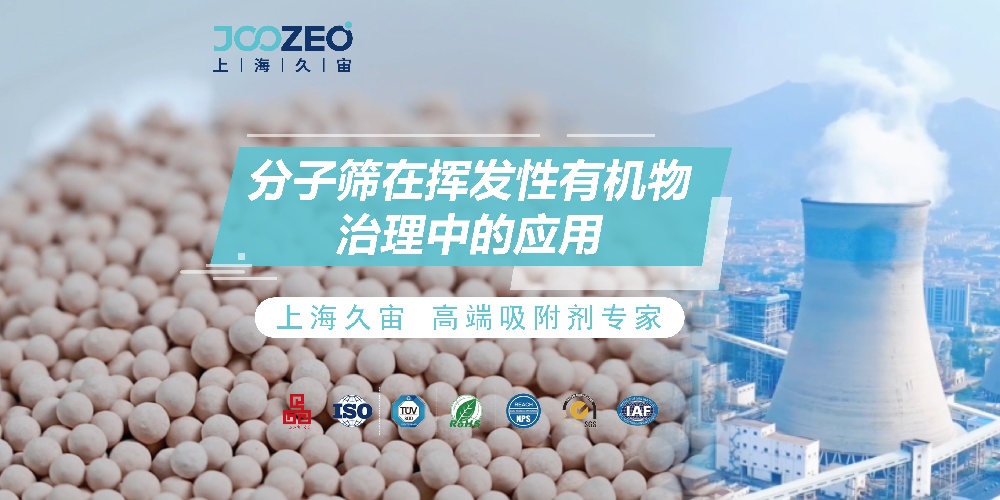
Application of Molecular Sieves in VOCs (Volatile Organic Compounds) Control
Molecular sieves have gained increasing attention in VOCs control due to their unique pore structures, high adsorption selectivity, and regenerability, particularly in industrial exhaust treatment. As crystalline aluminosilicates with uniform micropores, their pore size can be precisely tuned by ...Read more
Industry news
Sending enquiries
Any Problem, please feel free to contact us. Respond within 24 hours.

